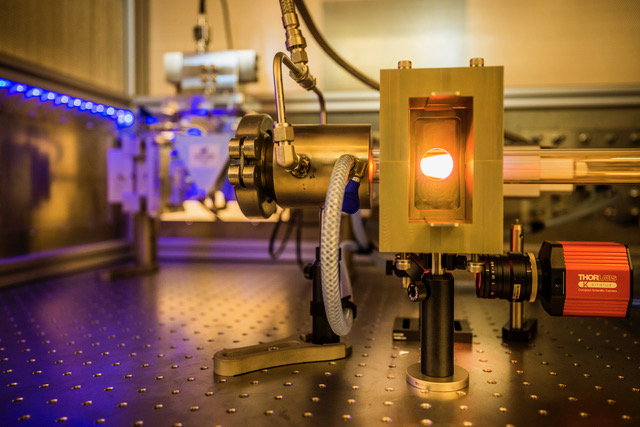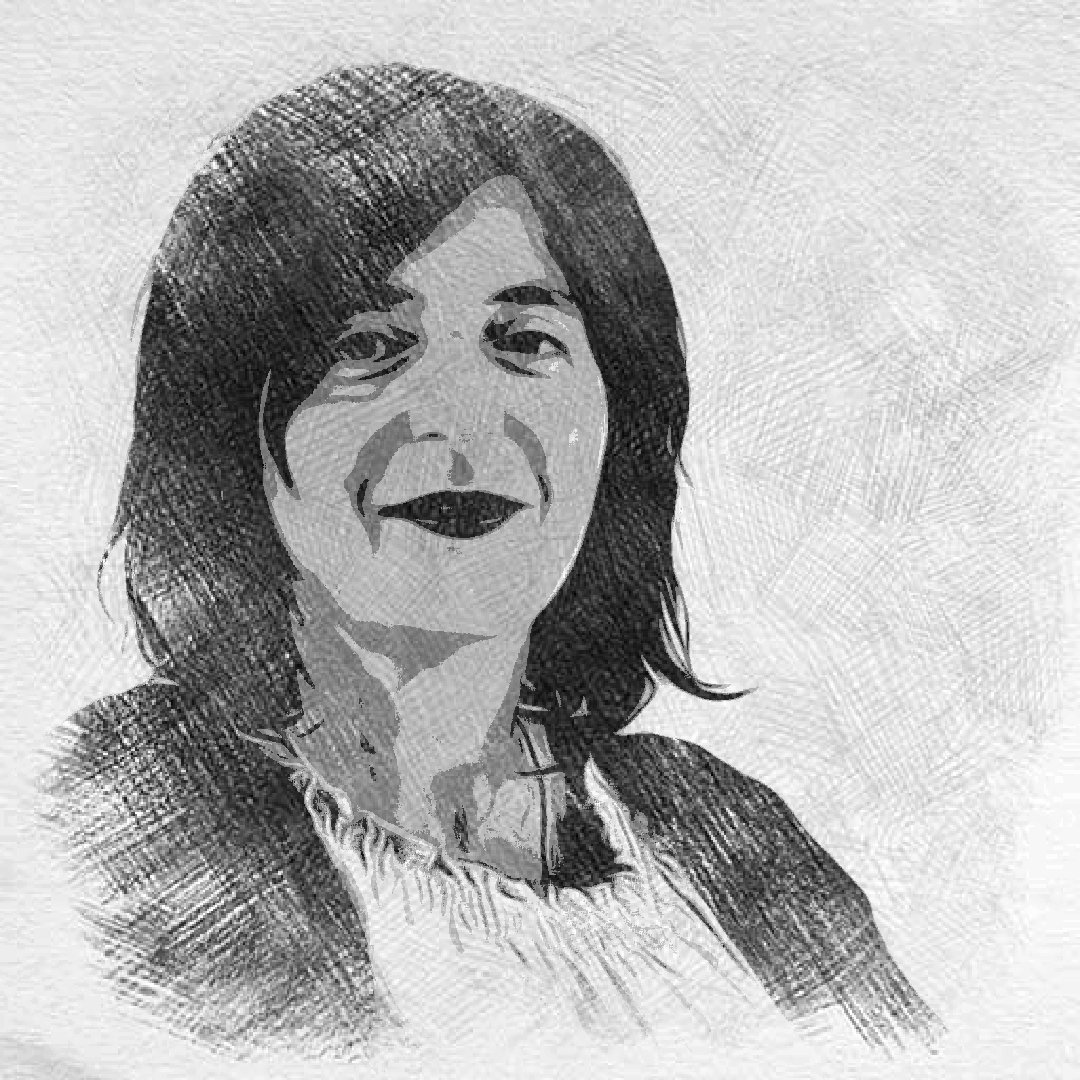
Making the chemical sector more sustainable calls for the recycling of raw materials, combined with innovative, sustainable electrification solutions. Chairman Arnold Stokking of ‘Green Chemistry New Economy’ talks to IO about the latest developments.
Chain formation, financing and appropriate government policies continue to be key to a CO2-free future for the chemical sector. According to Arnold Stokking, chair of Green Chemistry New Economy as well as director of the Brightsite knowledge institute, little has changed in this respect since last February. It was then that ENZuid launched the ‘Green Chemistry, New Economy’ action agenda. This marked the official start of the implementation of the agenda by a coalition of companies, regional cluster initiatives, financial and knowledge institutes and governments. The urgency has only increased since then.
Getting back to what you called the bottleneck for sustainability efforts at the time: chain formation financing and policy. How are we doing; to start with the coalition formation process?
“We have taken significant steps towards new coalition partners. In addition to the southern provinces of North Brabant, Limburg and Zeeland, now also Groningen and South Holland have joined Green Chemistry, New Economy. This means an expansion to no fewer than five provinces. This assures the participation of just about every large chemical cluster in the country. Our impact is no longer merely regional, but interregional and even national.”

“Chain formation is and is set to remain an important element. Green Chemistry New Economy focuses in particular on cross-sectoral chains. The organization links up with the agro sector and the waste sector, but also with the high-tech industry and the chemical sector. There is a lot of innovation going on in these kinds of connections between large sectors in the Netherlands. This provides ample opportunities for new entrepreneurship in areas such as the supply of renewable raw materials and electrical equipment to the chemical industry.”
“The connection between the chemical and high-tech sectors is very special. A good example of this is plasma technology, which will soon have to supply heat in the processes that are currently still accomplished with fossil fuels.”
Also read: Plasma: the promising green fuel for the chemistry industry
“Knowledge and expertise of plasma technology is well known in the high-tech sector through nuclear fusion. The NWO institute DIFFER in Eindhoven is doing research on that.”
What makes funding for green chemistry so complicated?
“Cleantech, which refers to technological solutions for the climate transition, is a field that the financial world is turning to more and more. That development has started with asset-light investments in, for example, software solutions centered around smart meters for balancing the grid. Due to price reductions and the related increases in the volume of solar cells, wind turbines and electrolysers, there is now also more interest in hardware investments.
Nevertheless, it still remains difficult to attract venture capital for the chemical sector. This has to do with the exceptional risks that are involved. How, for instance, will CO2 levies change? What instruments will the government make available to tackle these issues? And how will more expensive solutions be protected against fossil-based solutions from faraway lands? Also, the ‘deep tech’ segment, comparable to the high-tech sector of mechanical engineering, will require a long haul approach.
So naturally, I am particularly proud of the developments surrounding the National Growth Fund. Green Chemistry New Economy is involved in no less than three growth fund proposals: one in the field of thermo-chemical recycling of materials and one in the field of plasma technology. In the third proposal, Green Chemistry New Economy is even acting as a co-founder for Agribased Chemicals, a national initiative for using sugar as a raw material. In addition, the five Dutch provinces where the major chemical clusters are located have promised us support for two years. This will enable us to professionalize.”
What needs to change?
“The broad spectrum of manufacturing chemistry, for all intents and purposes, chemistry for products and not for fuels, includes the production of various types of plastics for the packaging industry, automotive industry and insulation materials, among others. In addition, there is a substantial fertilizer industry in the Netherlands.
In order to make this sector more sustainable, the emphasis is on cleaner production through electrification and on the use of renewable raw materials from agriculture, forestry and recycling. Ultimately, all products must also be easy to recycle. And therefore, sustainability goes hand in hand with the circular economy.
However, this does call for adaptations to be made to laws and legislation, which include current environmental and safety regulations. To cite an example from the recycling industry: used food packaging material has a waste status. In order for these materials to be used again as raw materials for new packaging, they must be assigned an ” end-of-waste ” status. For this to change, new food quality regulations are needed. Green Chemistry New Economy is addressing these kinds of pressing issues to accelerate greening.”
How important is the recycling of materials for the chemical sector in light of the Circular Economy and the raw material transition?
“Extremely important! When it comes to the recycling of packaging materials, I would like to single out two innovative companies that play a key role in this. Avantium is playing a pioneering role in the production of bioplastics that are also highly recyclable. Corbion leads the way in the production of sugar-based plastics, such as insulation material for the built-up environment.
Within the construction sector, the transition to raw materials within the context of the Circular Economy has been an issue for some time. This not only concerns insulation materials but also all kinds of other raw materials, wood in particular. Wood is a perfect absorber of CO2. Are you living in an old house? Then you can be sure of one thing: that all the planks and beams in your house have been storing a lot of CO2 for years that was once in the air. Which means that it no longer contributes to global warming. However, when planks are sawn, a large part of the tree is ‘wasted’: the crown, the roots, but also part of the round trunk. These parts of the tree represent 50 % of all wood. But that isn’t waste! In fact, within the Circular Economy, there is no more waste at all, only raw material.”
Recently, an important initiative for the use of plasma has been launched at Brightsite, which is a partner for Green Chemistry New Economy. How important is this innovative technology in terms of making the chemistry sector more sustainable?
Plasma serves as a replacement for the combustion of natural gas for high-temperature processes that are needed in chemistry. With the establishment of the Plasma Lab in Geleen, we have focused on an innovative, sustainable high-temperature technology that I sometimes describe as ‘The flame that doesn’t burn’. In plasma technology, molecules are split and synthesized. It is a process that demands a lot of energy. With plasma, unlike the combustion of gas, not only is there no CO2 released into the air, but it is also easy to control and extremely efficient. Compare it with an electric car engine or cooking on an induction plate: virtually no energy is lost. The expectation is that these types of high-temperature processes will become a real game changer for the chemical industry.”

